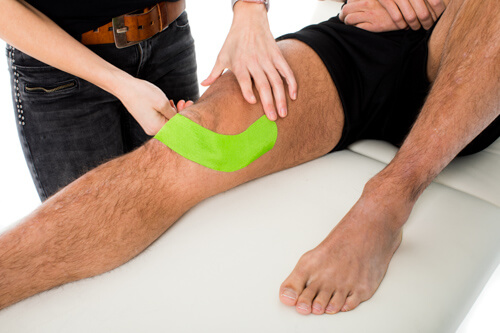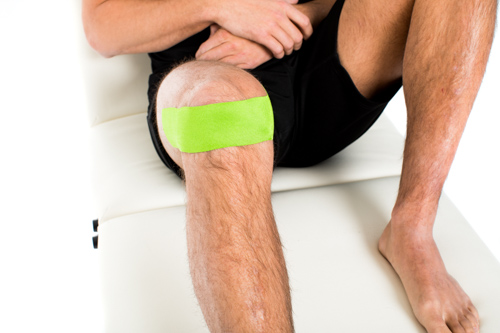The anterior cruciate ligament
There are two cruciate ligaments in the knee; the anterior and posterior cruciate ligaments. They both connect the upper leg with the lower leg and together ensure the stability of the knee. The anterior cruciate ligament is a strong ligament in the centre of the knee which prevents the lower leg from sliding forward in relation to the upper leg and also limits excessive rotational movements in the knee. The anterior cruciate ligament can tear completely, overstretch or suffer a partial rupture.
A completely torn cruciate ligament is usually operated on. Sports activities such as football and handball are the main causes of injury to the anterior cruciate ligament. Because the hamstrings are often less powerful in women than in men, this injury is more common in women.
Symptoms of an anterior cruciate ligament injury:
- Sudden pain.
- Swelling quite immediately after the trauma, due to bleeding in the joint.
- Feeling of a “creak” or “plop” in the knee.
- Full extension and flexion of the knee is not possible or painful.
- Feeling of instability (sagging).
- The knee is ‘locked’.
CureTape can be used both after surgery to replace the anterior cruciate ligament and in addition to the therapeutic treatment of cruciate ligament injuries that do not require surgery in order to promote faster recovery.
Clients also indicate that this tape application contributes to a “secure” feeling after recovery from the injury, it provides support to the knee joint. This tape application is also often used preventatively during sporting activities, such as skiing and football.
Taping technique for an anterior cruciate ligament injury


How do you tape the anterior cruciate ligament during recovery or preventatively?
The I-tape is applied using the ligament technique.
- The patient lies supine with the knee bent.
- The middle of the I tape is applied to the tuberosity of the tibiae without stretching.
- The patient brings the knee into extension (press the tibia to dorsal using the tape) and applies both strips with medium stretch at the joint gap (posterolaterally and posteromedially in the direction of the thigh).
- Finally, apply both ends to mid-thigh.
Tip: Because the tape is applied to the knee, movements of the knee may cause it to come loose sooner. By using CureTape Sports (as in the attached example) the tape application often remains longer.
More information:
- Continue reading about CureTape kinesiology tape and it’s effectiveness »
- Browse through the CureTape products in our webshop »
Please note that applications provided on our website are not clinically proven. All mentioned applications are based on extensive evaluation and case studies with licensed physiotherapists and/or other health professionals.
Attention: Mentioning source is mandatory, when using the content on this page.
